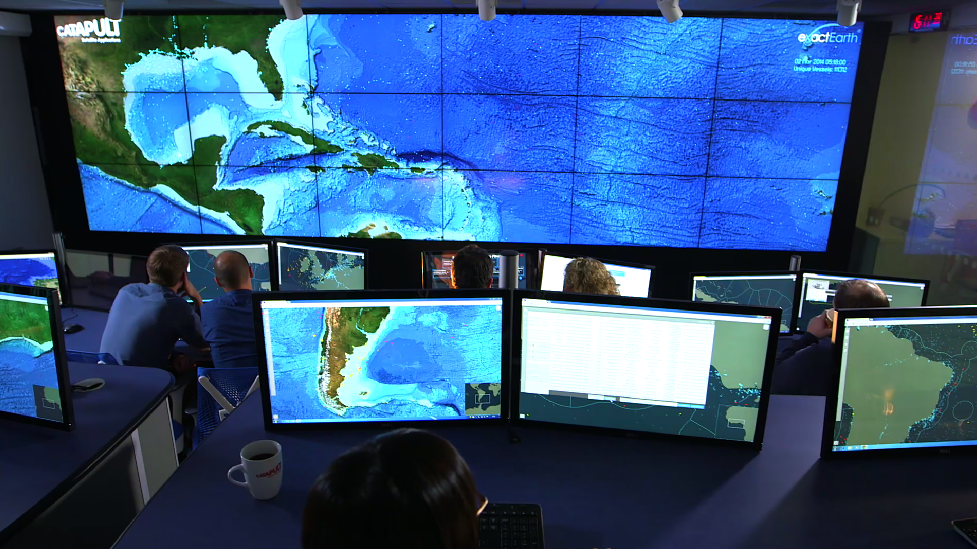World Conservation Congress
The International Union for Conservation of Nature’s 2016 World Conservation Congress runs from Sept. 1-10 in Honolulu. The IUCN gathering will bring together thousands of government leaders and decision-makers from around the world, island and indigenous peoples, and environmental advocates, including experts from Pew. Attendees aim to address the global challenges facing the environment.
This collection of Pew resources covers a range of environmental issues, including efforts to increase protections for special places on land and in the ocean, such as the Northwestern Hawaiian Islands, the boreal forest, and the high seas, as well as to improve conservation and management of threatened wildlife, including sharks, rays, and penguins.

U.S. expands Northwestern Hawaiian Islands reserve, creating world’s largest protected area
Read Press Release
Hawaii’s Papahānaumokuākea Marine National Monument
Learn more.Additional Resources


This video is hosted by YouTube. In order to view it, you must consent to the use of “Marketing Cookies” by updating your preferences in the Cookie Settings link below. View on YouTube
This video is hosted by YouTube. In order to view it, you must consent to the use of “Marketing Cookies” by updating your preferences in the Cookie Settings link below. View on YouTube


This video is hosted by YouTube. In order to view it, you must consent to the use of “Marketing Cookies” by updating your preferences in the Cookie Settings link below. View on YouTube
This video is hosted by YouTube. In order to view it, you must consent to the use of “Marketing Cookies” by updating your preferences in the Cookie Settings link below. View on YouTube













